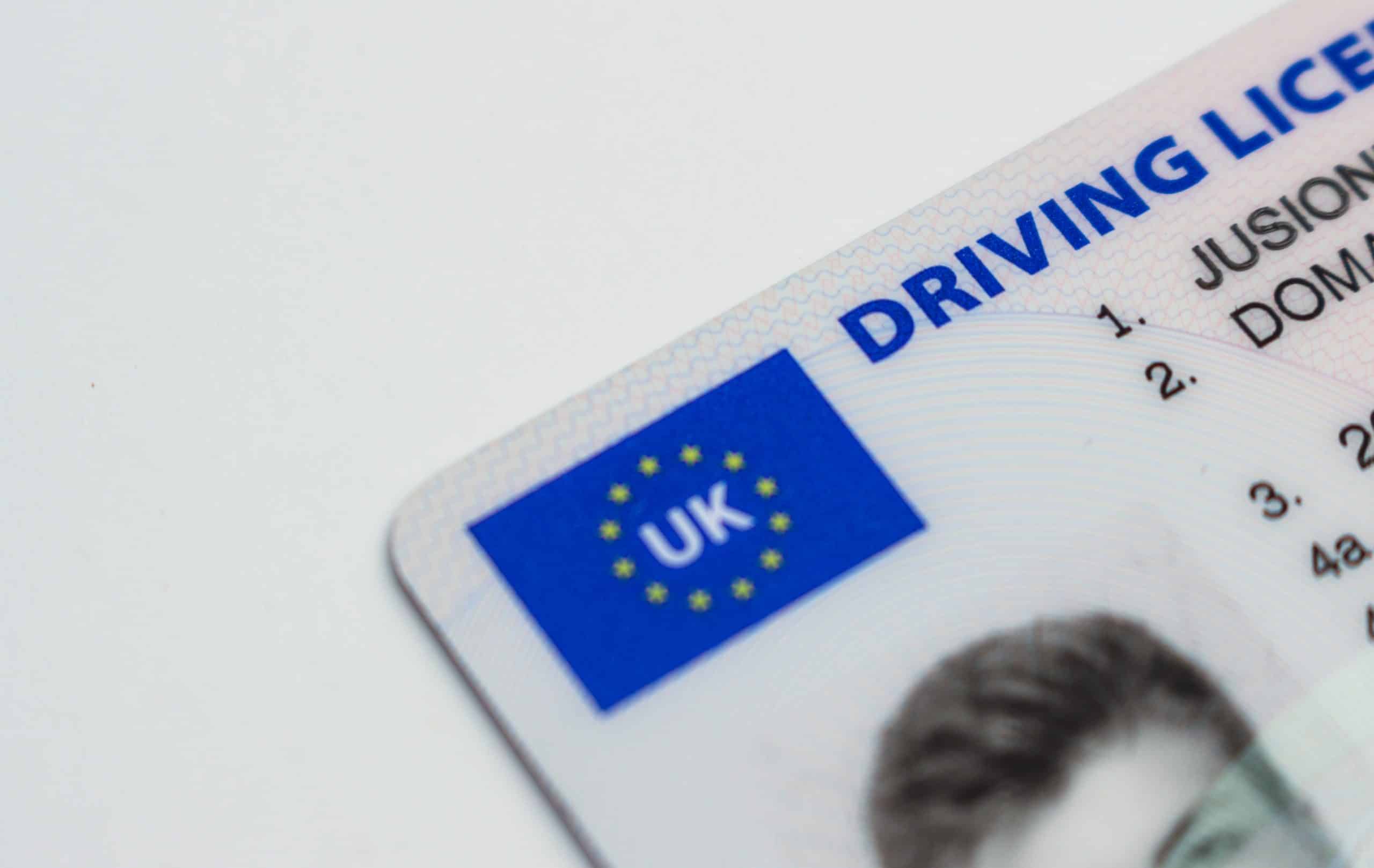
1. “Are you making these common mistakes as a learner driver?”
As a learner driver, it’s essential to avoid common mistakes that could jeopardize your safety and chances of passing your test. Are you making these errors? Failing to check mirrors regularly, not using indicators correctly, and over-relying on sat-navs are just a few examples. Poor observation at junctions, incorrect positioning on the road, and not checking blind spots before manoeuvring are also mistakes to avoid. Additionally, inappropriate speed control, failure to anticipate hazards ahead, and not keeping enough distance from other vehicles can lead to accidents. By recognizing and correcting these errors, you can become a confident driver who passes their test successfully. Let Smart Drive UK help you overcome these common mistakes and achieve your driving goals with personalized training methods.
2. “How can failing to check your mirrors affect your driving test?”
Failing to check mirrors regularly could negatively impact your driving test performance. It’s crucial to stay aware of your surroundings by checking your mirrors regularly while driving. This is also important during the test when examiners are looking for safe and cautious drivers. Failure to do so may result in critical errors, such as not seeing other vehicles or pedestrians, which could lead to accidents.
3. “Is it true that speeding is the most common mistake for new drivers?”
Speeding is indeed a common mistake for new drivers, but it’s not the most common one. Learner drivers tend to struggle with failing to check mirrors regularly, incorrect positioning on the road, and poor observation at junctions. However, maintaining appropriate speeds is critical for safe driving and passing your test. Going too fast or slow can cause accidents, so it’s essential to keep an eye on your speedometer and adjust accordingly. Additionally, speeding fines can be costly and lead to points on your license. At Smart Drive UK, we teach our students the importance of speed control and how to maintain and judge appropriate speeds in different situations. With our expert training methods, you can become a confident driver who avoids common mistakes and passes your test with flying colours.
4. “What impact does nervousness have on driving performance during tests?”
Nervousness during driving tests can significantly impact a learner driver’s performance. Anxiety can lead to poor decision-making, lack of confidence, and impaired concentration. In some cases, it can even cause physical symptoms such as sweating or shaking, which can further distract the driver. To combat nervousness, it’s important to practice regularly in different driving conditions and familiarise yourself with busier routes. Taking deep breaths and focusing on positive self-talk can also help calm nerves. At Smart Drive UK, our expert instructors understand the challenges of learning to drive and offer personalised guidance to help learners overcome their nerves and become confident drivers.
5. “Do you know how to properly use roundabouts and avoid critical errors?”
Roundabouts can be intimidating for new drivers, but they’re a common feature on UK roads. Failing to understand the rules of roundabouts and how to navigate them correctly can lead to critical errors and even accidents. It’s important to know when to indicate, which lane to use, and how to emerge and exit safely.
6. “Why is it important to keep a safe following distance from other vehicles on the road?”
Maintaining a safe following distance from other vehicles on the road is crucial for preventing accidents. Learner drivers often fail to keep enough space between themselves and the vehicle in front, leading to collisions caused by sudden stops or changes in traffic flow. By keeping a safe distance, you’ll have more time to react if necessary, reducing the risk of accidents occurring. It’s important to remember that the recommended following distance varies depending on your speed and weather conditions, so always adjust accordingly. The general rule is to keep a two second gap from the vehicle in front on a dry road. On a wet road the distance should be increased to four seconds as the overall stopping distance can be greater.
7. “What are some tips for avoiding distractions while driving, especially with passengers in the car?”
Distractions while driving can be dangerous, especially with passengers in the car. To avoid distractions, it’s important to set ground rules before starting the journey. Encourage passengers to keep conversations to a minimum and avoid using phones or other electronic devices while driving. If necessary, pull over to a safe location to address any issues that may arise. Additionally, ensure that all loose items are secured before setting off on your journey, as they can become projectiles in the event of an accident. By following these tips, you’ll be able to stay focused on the road and avoid distractions, keeping yourself and your passengers safe during your journey.



